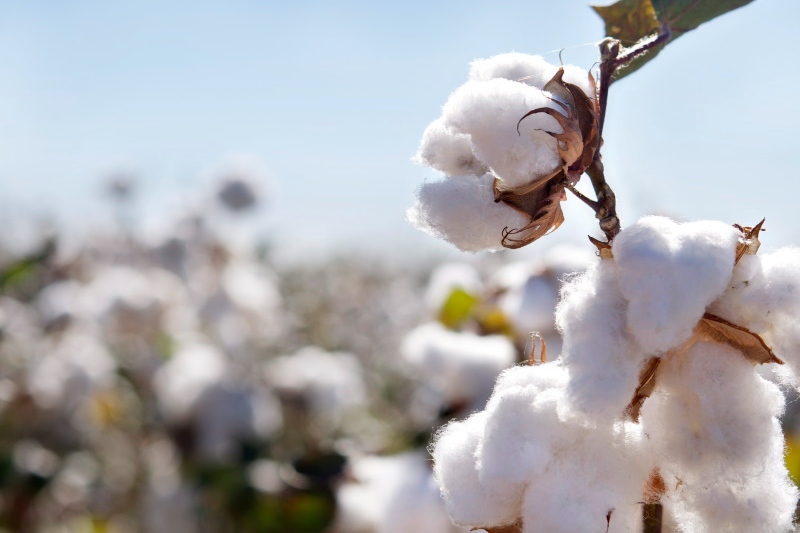
Better Cotton plans to drive to accelerate soil regeneration
YarnsandFibers News Bureau 2022-04-05 02:02:08 – SwitzerlandBetter Cotton, a global non-profit organization, claims that improved education programs are the key to improving soil health, reducing pesticide use, and increasing yields as climate change puts more strain on agriculture and farming.
Alan McClay, CEO of Better Cotton, said that regenerative agriculture isn't a one-trick pony. It brings environmental benefits such as improved soil health, habitat protection, and water systems, which just launched its 2030 Strategy, which includes five impact goal areas and a climate strategy.
One of the main goal areas for Better Cotton, a global sustainability project for cotton, is soil health, which includes helping to rebalance its chemistry, structure, biology, organic content, and ability to hold water.
Better Cotton intends to accelerate soil regeneration in cotton production and raise awareness of the importance of soil health within the Better Cotton network through education programs and specifically assisting farmers to: Improve soil structure to increase yields. Tilling less and growing cover crops helps to maintain the fragile subsurface ecosystem while also feeding the land for the next cotton planting. It also helps to avoid erosion, limit weeds, and manage pests and diseases.
Reducing reliance on harmful pesticides through teaching techniques like crop rotation, employing biopesticides made from natural ingredients, and boosting predatory bird and bat species that eat cotton bugs.
McClay added that farmers will not migrate from what they know on the basis of anecdotes and promises. There must be hard evidence. Investment in monitoring and data research is required for this. Not only is the unsustainable nature of today's intensive, input-heavy farming becoming more widely recognized, but so is the role that the regenerative model can play in reversing this trend. The task now is to translate increased awareness into action on the ground. The problems that regenerative farming aims to solve are pressing. They at Better Cotton are firm believers in the concept of continuous improvement. What is the first rule? "Let's get out of the blocks and get going.
Many of these practices may be taught to boost the availability of nutrients and water to crops, as well as reduce labor expenses by eliminating pests and weeds. This necessitates the implementation of regenerative agriculture practices, which enhance soil health and recover organic carbon in the soil. Reduced tilling (no-till or low-till), the use of cover crops, complicated crop rotation, rotating livestock with crops, and avoiding or minimizing the use of synthetic fertilizers and pesticides are all examples of measures that have the potential to turn agricultural land into a net carbon sink.
Cotton's efforts, it is claimed, are already bearing fruit. Better Cotton claims that its farmers used less pesticide than other farmers in the 2018-19 cotton season: farmers in Tajikistan used 38% less pesticide, farmers in India used 6% more biopesticides, and farmers in China used 10% more organic fertilizer. By the end of 2022, Better Cotton will have established soil health targets that will be accompanied by measurable indicators to track progress.
Market Intelligence
Ask for free sample Report

experience
Customer Base
dedicated team
Countries Served Worldwide









